
Adlestrop, by Edward Thomas
Yes. I remember Adlestrop—
The name, because one afternoon
Of heat the express-train drew up there
Unwontedly. It was late June.
The steam hissed. Someone cleared his throat.
No one left and no one came
On the bare platform. What I saw
Was Adlestrop—only the name
And willows, willow-herb, and grass,
And meadowsweet, and haycocks dry,
No whit less still and lonely fair
Than the high cloudlets in the sky.
And for that minute a blackbird sang
Close by, and round him, mistier,
Farther and farther, all the birds
Of Oxfordshire and Gloucestershire.
And yes, I went there with Charlotte on the centenary of the day the train made its unscheduled stop.

Charlotte looking summery
William Langley, the journalist expresses it beautifully: “Adlestrop, just 16 lines long, composed of simple words and observations, has been compared to the works of Elgar and Henry V’s speech before the battle of Agincourt. Its appeal is fiercely debated, but readers appear to find in it something incorporeally English, poignant and gripping.”
The station is long gone, but the sign hangs in the bus stop, and on the day of our visit there was a poetry gala in full swing. P.J. Kavanagh the poet was on the stage in the village hall and a lady in a spectacular royal blue hat was the master of ceremonies at the Friends of the Dymock Poets (Edward Thomas, Rupert Brooke, John Drinkwater, Robert Frost, Lascelles Abercrombie and Wilfred Gibson) celebrating the anniversary. Edward Thomas died in 1917 on the first day of the Battle of Arras at the age of 37.

P.J. Kavanagh the poet

a splendid array of cakes

Lady in blue hat

the village post office and more cakes!
Nothing has changed in Adlestrop, except the destruction of the branch railway line. Jane Austen liked to stay with friends in the Manor House and the mother of William Morris’s wife was born in the village. The houses are the prettiest examples of Cotswold domestic architecture, turtle doves and bees lull one into a dreamlike and soporific state of otherworldly delight.
The enchantment lasts only as long as one’s sojourn. The village houses are owned by extremely wealthy people and out there is a world which doesn’t know a blackbird from a thrush.














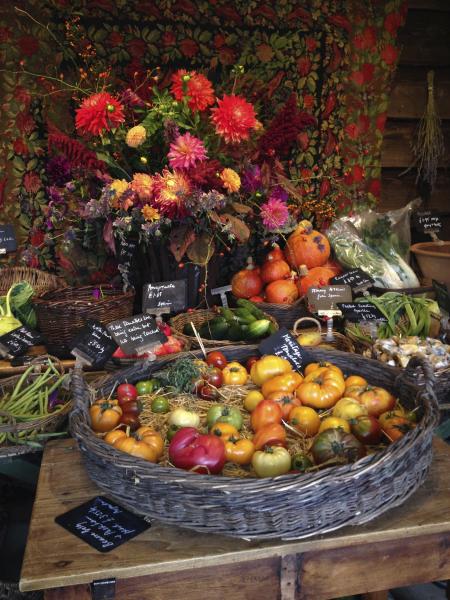
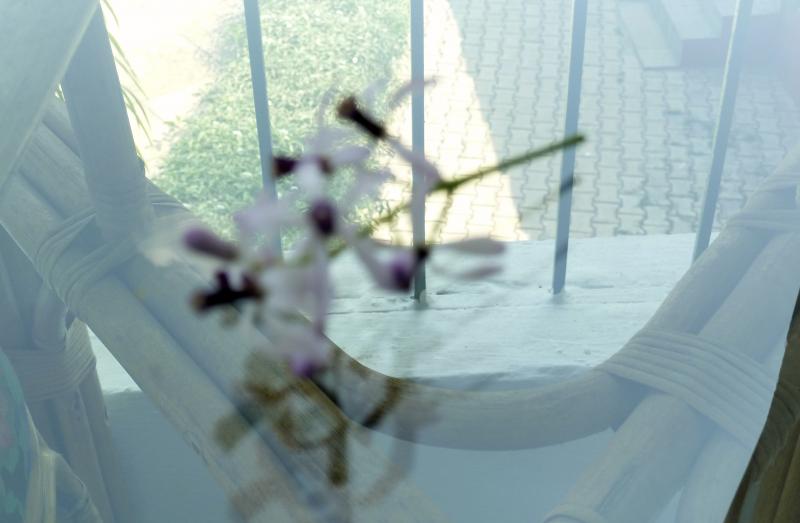

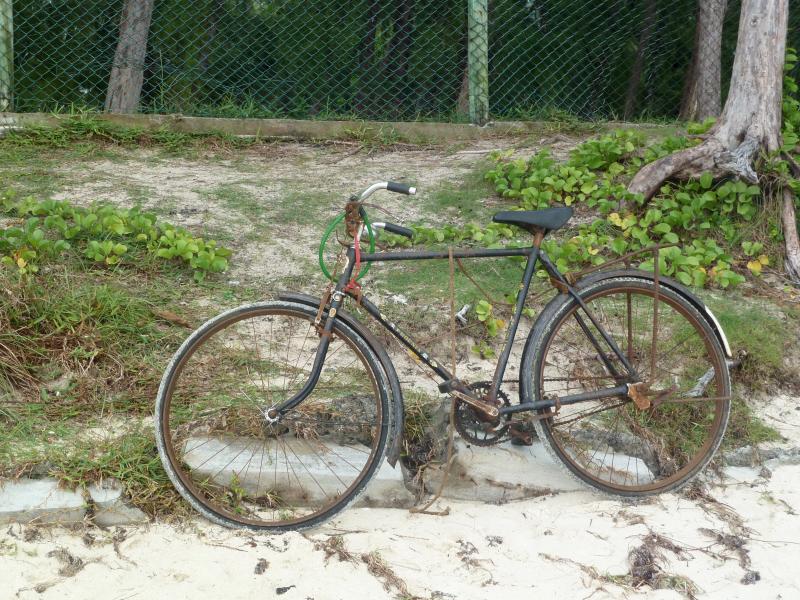

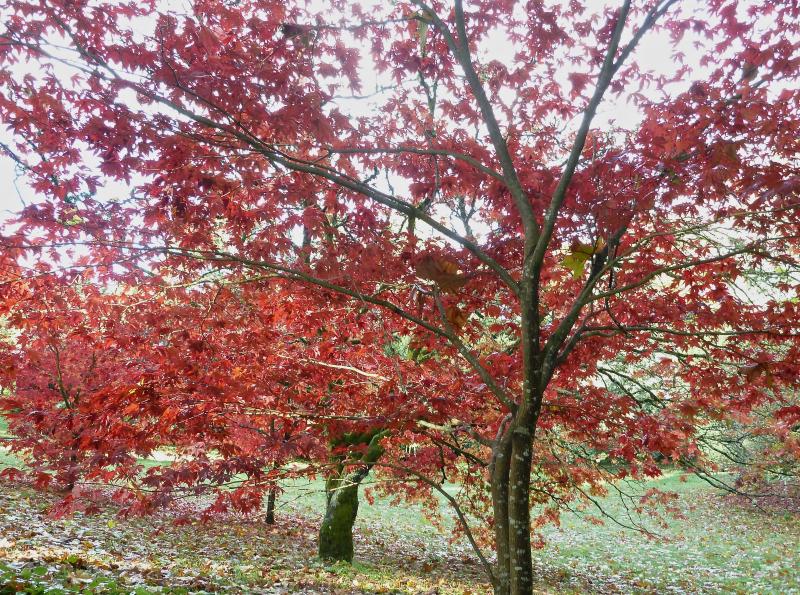
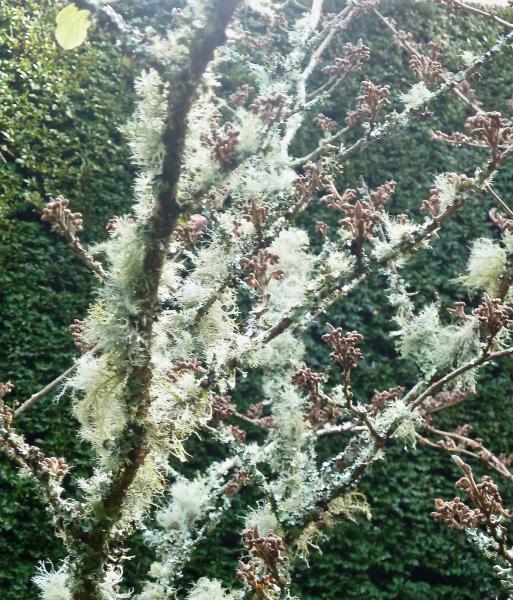

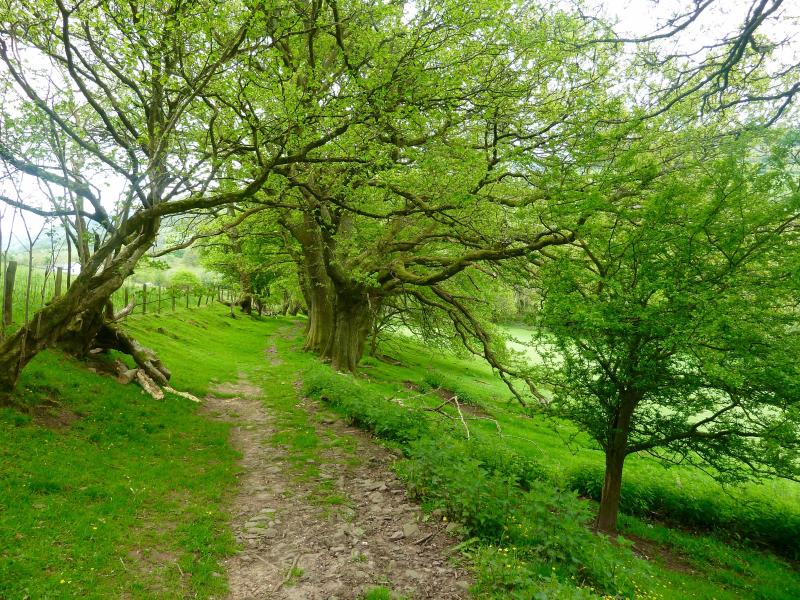
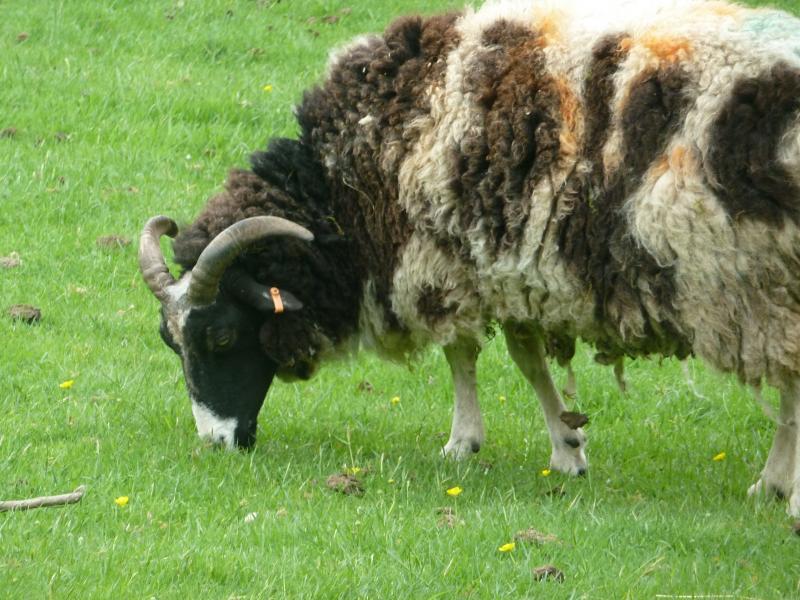


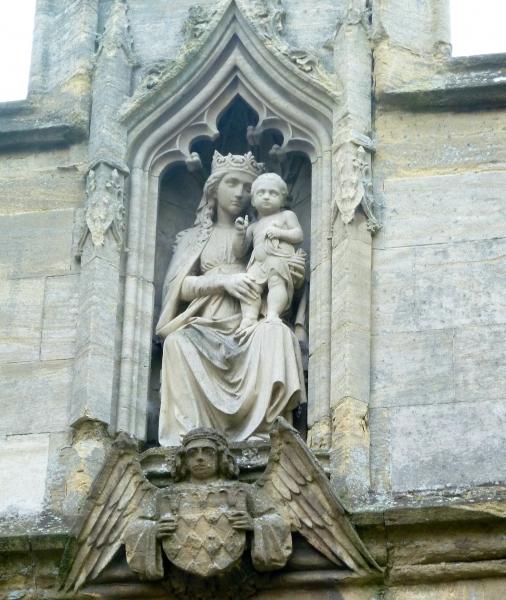

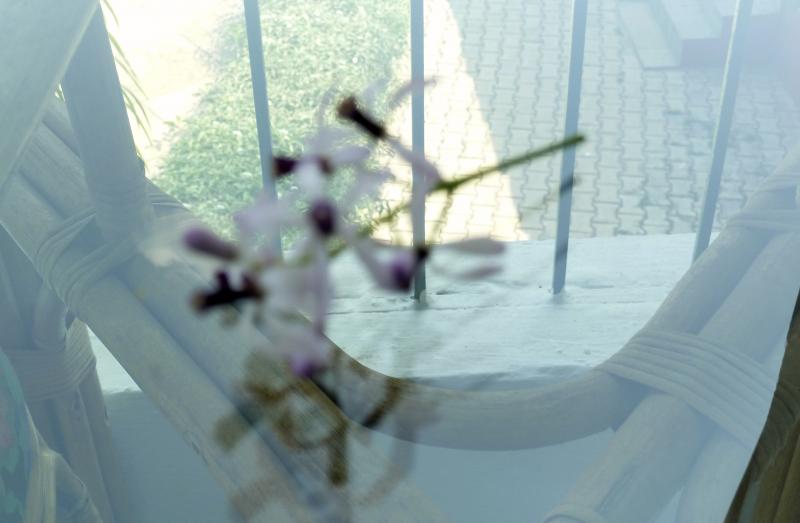
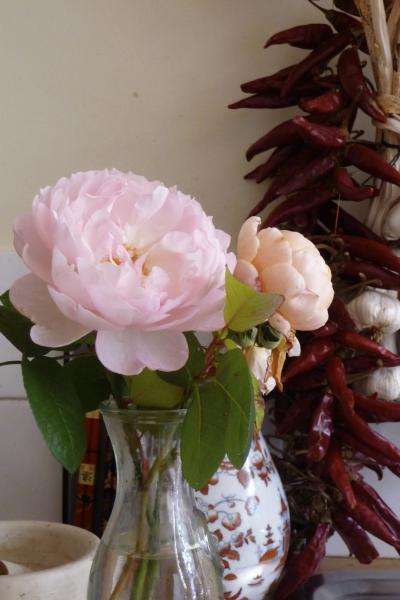

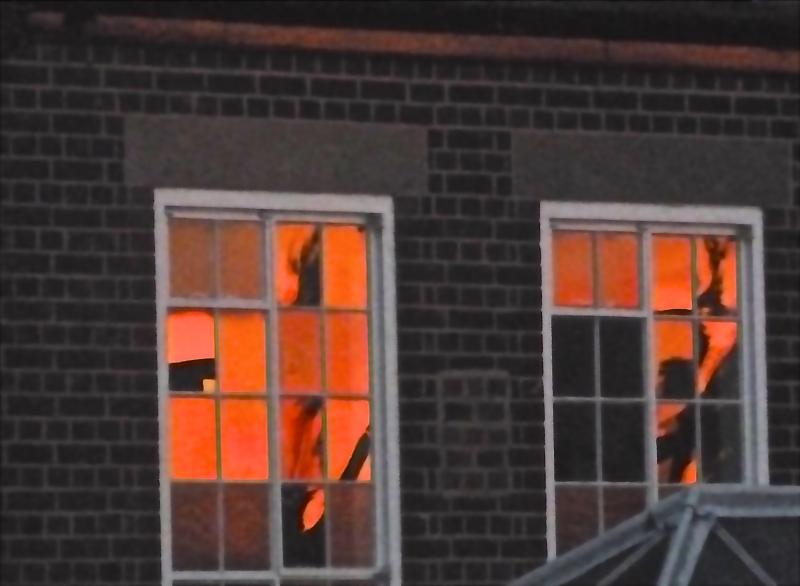
I too was there on that memorable day. Thank you for the photos. PJ (Kavanagh) was a great friend and his death a sad loss. The lady in blue is Jean Moorcroft Wilson whose work is well worth getting to know. Kind regards. Peter Birtles.